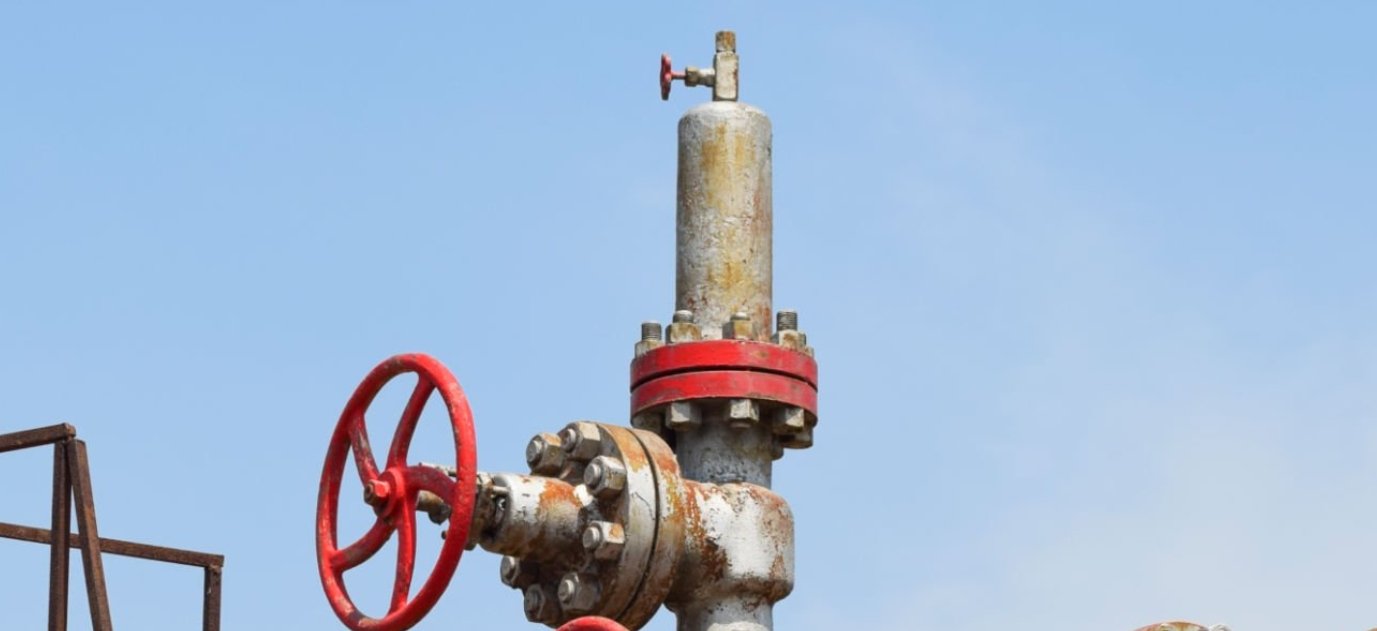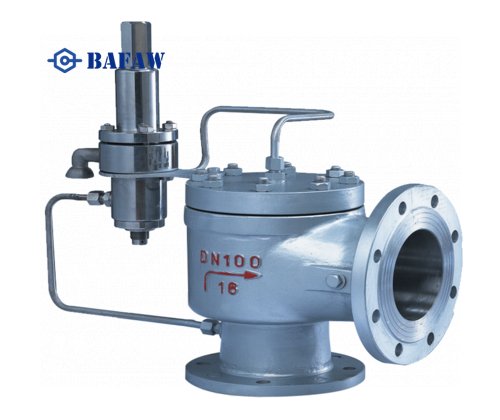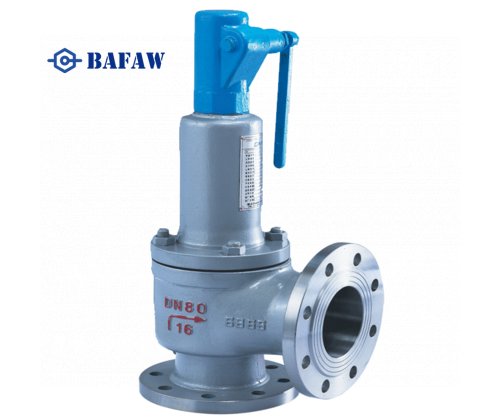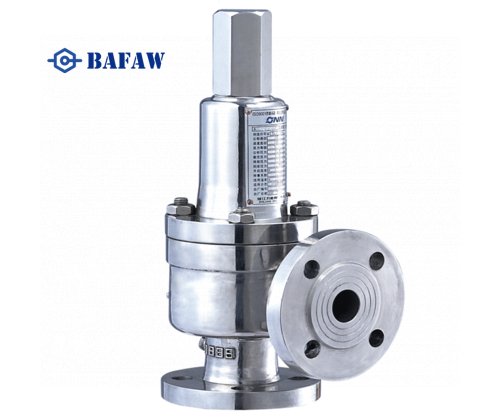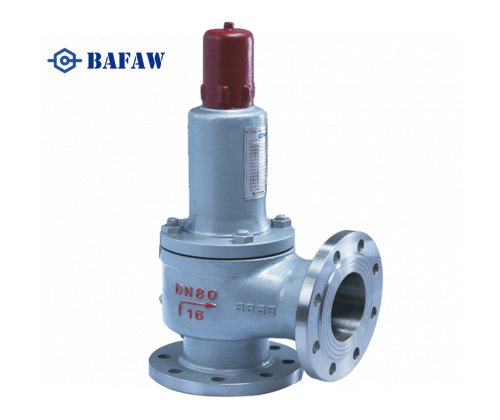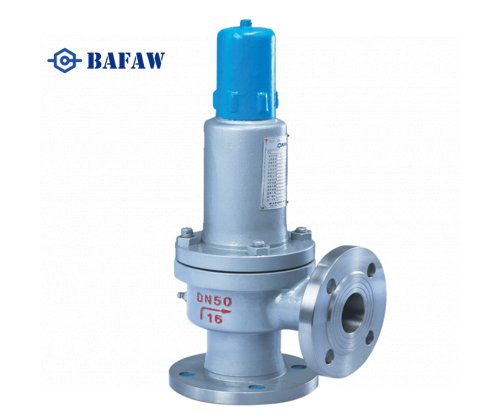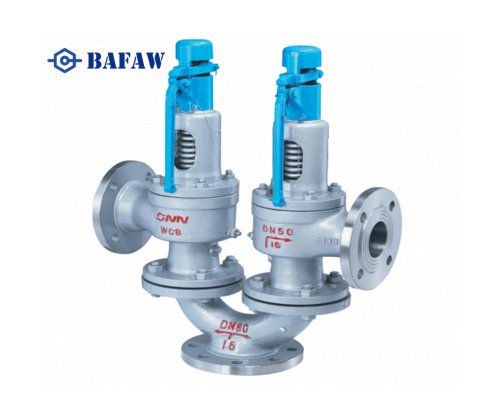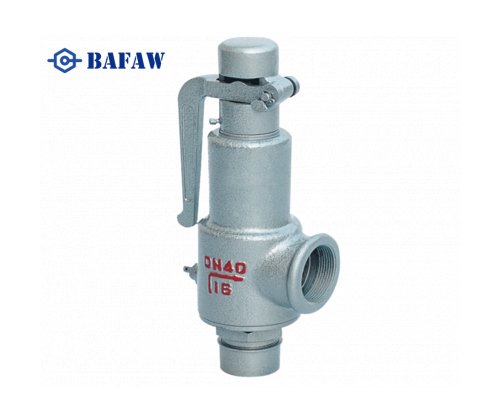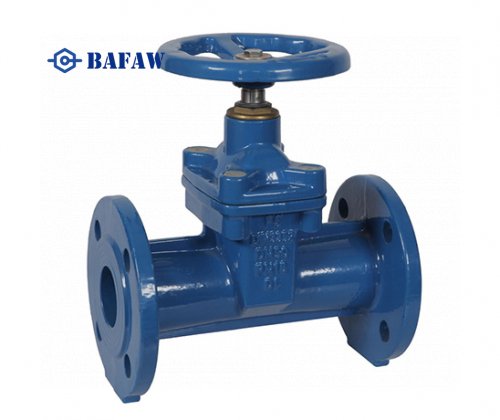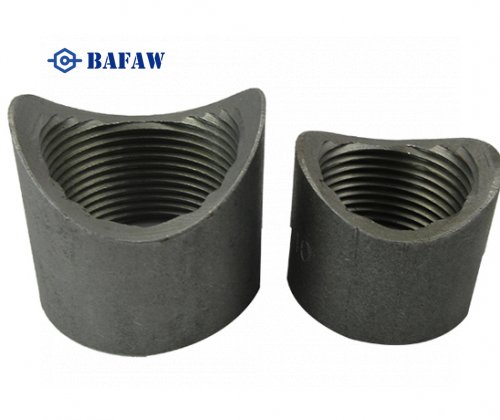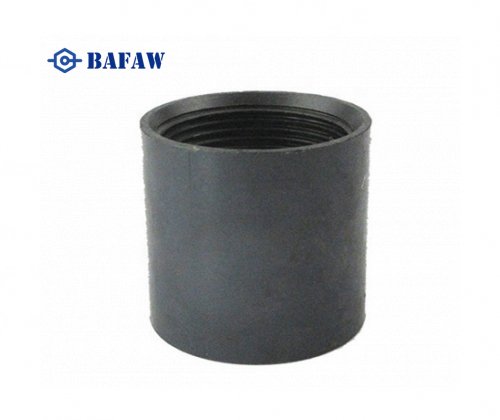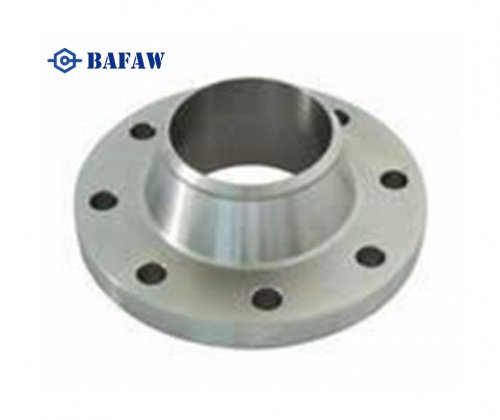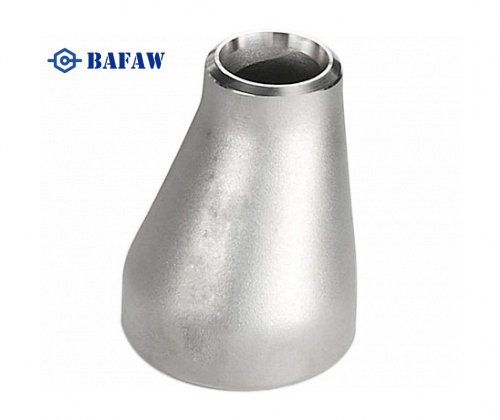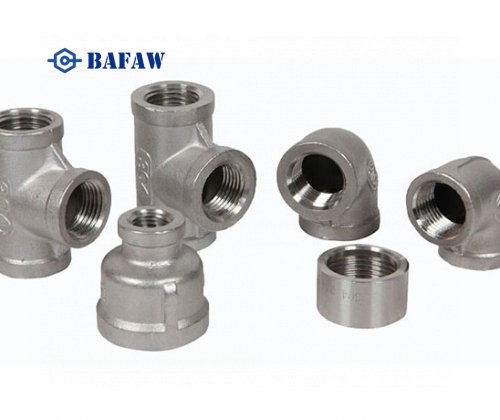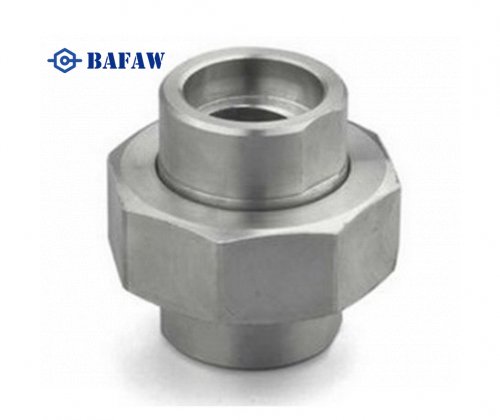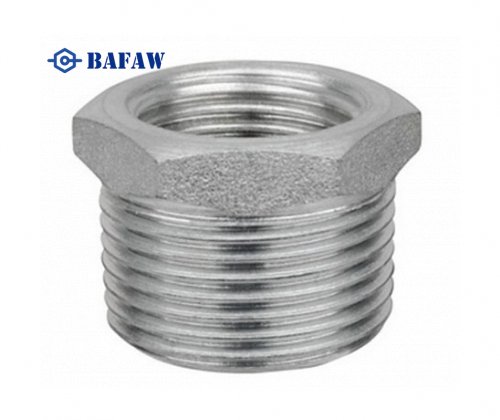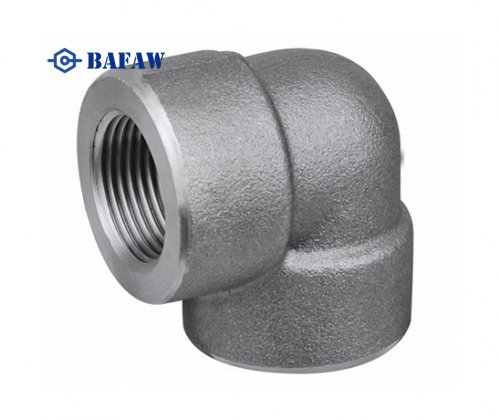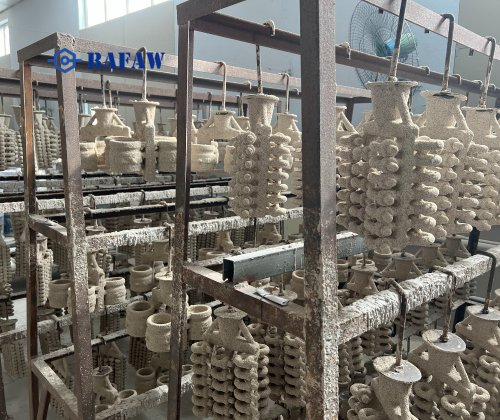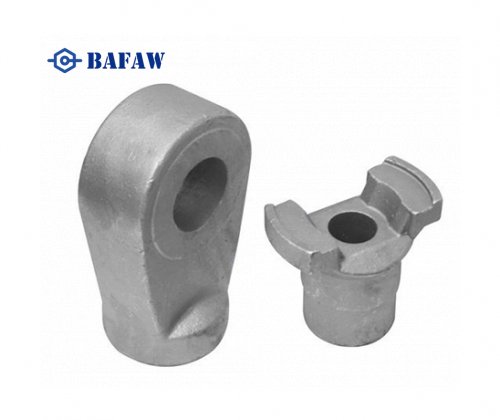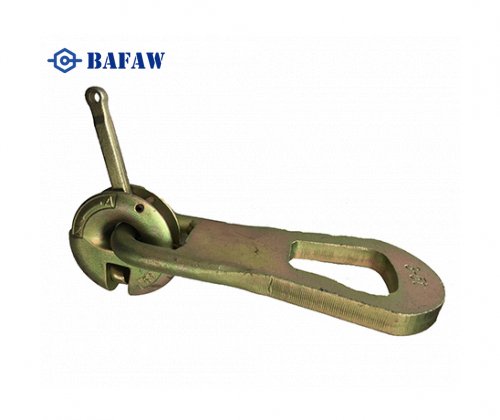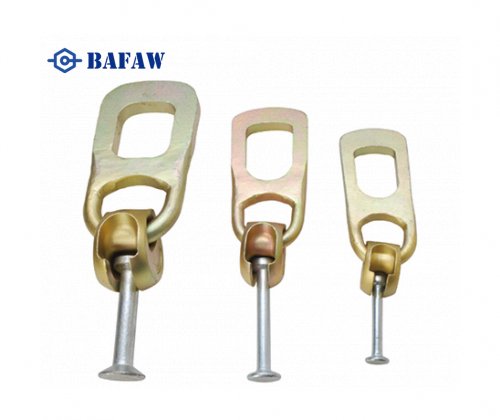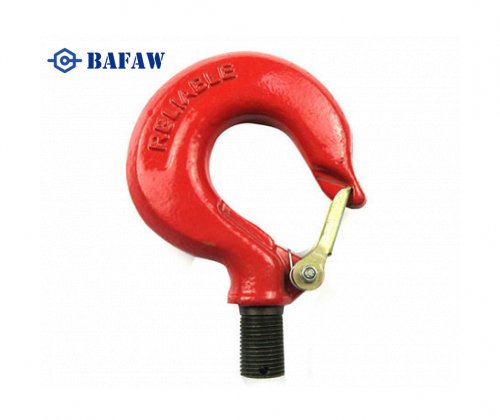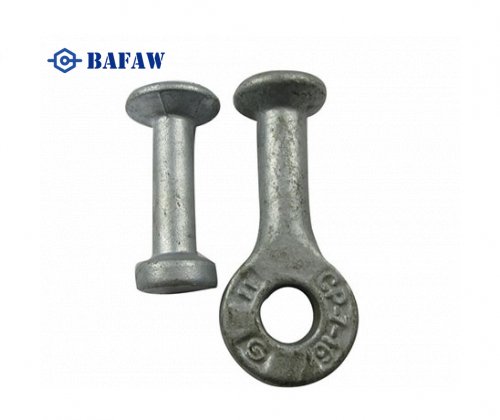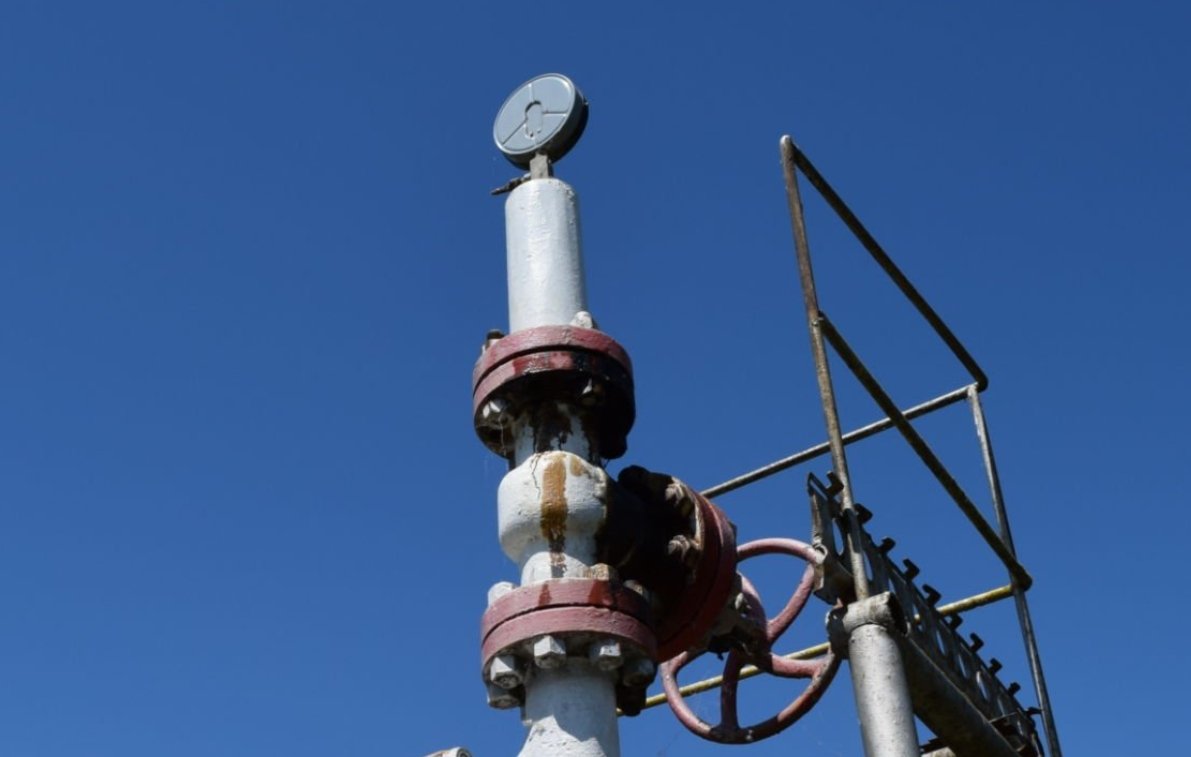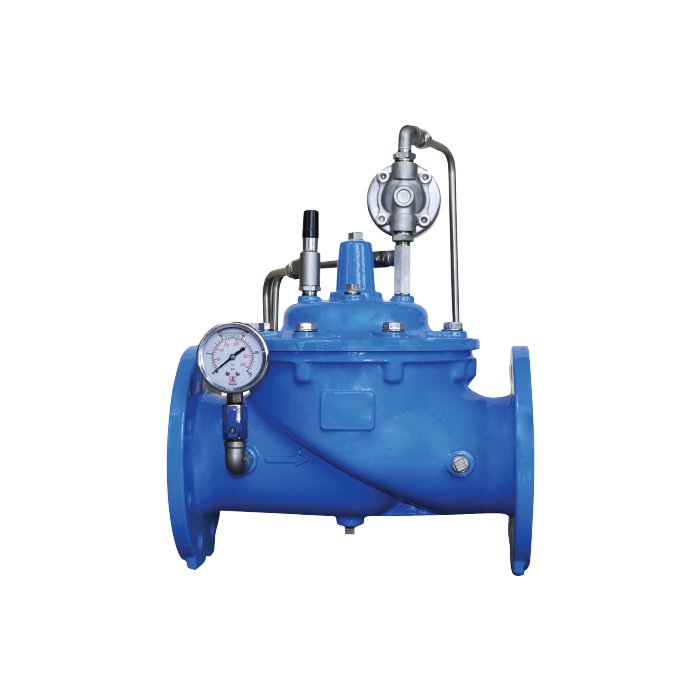A pressure relief valve is a key safety tool. It stops dangerous pressure build-up in closed systems. These valves are vital in many industries. They play a key role in handling pressurized liquids and gases. This includes chemical manufacturing, oil refining, and petroleum storage.
They are the final defense against sudden pressure spikes. They protect lives, prevent equipment damage, and keep production running smoothly. When system pressure goes above a set point, the valve opens. This lets out excess fluid and relieves pressure.
It closes again as soon as pressure levels are back to normal. This important step keeps systems reliable, protects infrastructure, and saves lives.
1. Defining this critical safety device
A PRV is a critical safety device that helps protect your system. It releases pressure when it rises above a certain level. Without it, tanks, pipes, and pumps would burst or explode.
Pressure relief valves are unique among valves. Pressure relief valves are different from shut-off or check valves. Shut-off and check valves control flow in one direction or stop leaks. In contrast, pressure relief valves react to changes in pressure.
These relief valves are typically designed with a valve element, usually a spring-loaded poppet. They are able to handle any application from small laboratory environments to large scale storage tanks.
2. How These Valves Work
Internally, a spring or pilot holds the valve shut until the pressure in the system increases beyond normal levels. When that’s the case, the valve will suddenly burst open and relieve the overload.
It closes back up when pressure returns to safe levels. Calibration is important—each valve is calibrated for one specific fluid and pressure range.
3. The Core Operating Principle Explained
When inlet pressure exceeds the spring force, the valve opens. The seat and disk remain sealed tightly until that moment. Understanding this is crucial when repairing system malfunctions.
Observing the movement of the valve in response to pressure is informative for corrective action.
4. Relief Valve vs. Safety Valve: Key Distinctions
Relief valves relieve pressure gradually, whereas safety valves are designed to act quickly in an emergency situation. Each serves unique applications—relief for consistent systems, safety for acute increases.
Their designs and applications are a direct response to that need.
5. A Brief Look: Valve Evolution
The original valve was Denis Papin’s steam digester from 1679. Today, high-quality valve manufacturing uses advanced spring and seal technology. It also includes control and monitoring systems.
Increasing global standards push the need for safer, more reliable designs. Today’s valves are engineered to perform under a much wider array of fluids, environments, and technologies.

Why PRVs Are Absolutely Essential?
Boiler pressure relief valves (PRVs) are proven safety devices. Their uses are vast. They protect people and equipment in settings like home plumbing and big industrial plants. They tend to very high pressure, ensuring that water or gas is delivered at a consistent, low, safe pressure.
Without them, too much pressure can burst pipes, injuring workers, or worse yet, result in leaks that release toxic materials. PRVs are absolutely safety. PRVs are definitely not just nice to have. They are key to protecting our environment and our bottom line.
Protecting People, Plants, and Planet
Improving safety, PRVs significantly reduce the chances of a rupture or leak. In residential homes, once water pressure exceeds 80 psi, plumbing infrastructure such as pipes and valves are likely to burst. PRVs reduce that number to a safe standard—typically 40 to 60 psi.
In plants, they help keep processes running smoothly. They stop dangerous surges that can cause failures or shut down operations. When the fluids passing through the pipes are hazardous, a valve failure can release harmful toxins into our air or water. That’s why in chemical plants or refineries, PRVs are designed to robust safety standards.
If a PRV fails, the consequences can extend much farther than the plant—risking entire communities.
The Unsung Hero in Many Industries
PRVs quietly serve in oil, gas, electric, and water treatment plants. Perhaps the most important point is that every field has its own unique risks and pressures. A notable incident in power generation involved a failed PRV. This led to a $16 million shutdown and environmental cleanup.
In oil and gas, PRVs prevent wells and pipelines from rupturing. Even the best valve is nothing without proper maintenance. Overtightening, skipping quality checks, or using cheap, substandard parts leads to catastrophic failures.
Preventive maintenance is key to ensuring that PRVs operate properly and efficiently.
My Take: Beyond Simple Compliance
My Take – Beyond Simple Compliance Meeting the least rules is not enough. A safety-first mindset starts with placing PRVs at the center of your system. Quality valves and consistent monitoring are cost-effective and life-protecting.
It’s not just about compliance, but about building trust and raising the bar.
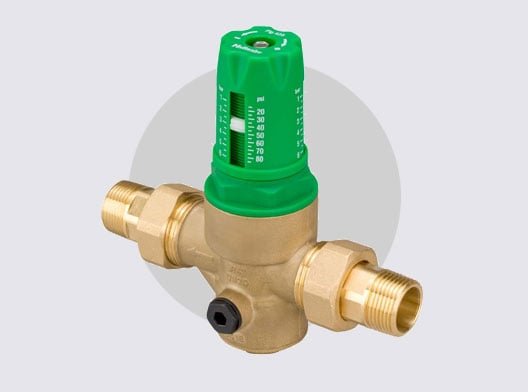
Exploring Different Valve Designs
As such, pressure relief valves are available in multiple designs. Each one targets specific applications and meets different operating needs. Selecting the correct valve design is more than just matching pressure ratings.
It has a large impact on how a system handles risk, asset wear, and future maintenance needs. Since then, many other designs have been developed from those early spring-loaded valves of the 17th century. These innovations have resulted in intricate new shapes that address contemporary issues.
Each type has trade-offs. These include cost, complexity, backpressure handling, and high-temperature capabilities. Choosing the right materials is key, especially for systems that handle corrosive fluids or need to meet high thermal standards. Materials such as stainless steel—known for its excellent corrosion resistance—are the standard.
Standards such as ASME BPVC Section VIII establish the requirements for the manufacture and testing of these valves. This is what’s supporting the safety of systems across the globe!
Spring-Loaded: The Classic Guardian
Spring-loaded valves have a simple mechanism: a spring that pushes a disc or flap closed over an opening. As pressure builds, it forces the disc upward, allowing fluid to flow through. These valves are applicable in steam, air, and water applications.
They’re inexpensive to operate, simple to install, and require little maintenance. But, they can fail under backpressure and need constant maintenance to keep the spring intact. They don’t work as easily with fluids that attack metal springs or systems with high pressure.
Balanced Bellows: Countering Backpressure
Balanced bellows valves include a metal bellows that protects the spring from back pressure. This design maintains the set pressure constant, regardless of how much pressure may accumulate on the outlet side.
They are effective in chemical facilities and refineries where backpressure can periodically change. The bellows should be inspected for leaks or cracks, as compromised bellows can result in the loss of protection.
Balanced Piston: Another Smart Solution
Balanced piston valve designs utilize a piston with piston seals to balance inlet and outlet pressures equally. They remain the workhorses for the most challenging high-pressure tasks, like oil and gas pipelines.
They work well in high-pressure situations. But they need exact sizing and a snug fit during installation. Since the moving parts are prone to wear, frequent inspection and maintenance is required.
Thermal and Regulating Valve Roles
Thermal relief valves help manage pressure in closed circuits. They are important in places where temperature increases pressure, like hydraulic cooling lines. Governing valves keep pressure steady at a set point. This is helpful for long pipes or production lines.
Both types prevent overheating. They are often used with spring-loaded or balanced valves for full system protection.
Understanding Various Valve Configurations
1. Direct acting
2. Pilot operated
3. Spring loaded
4. Balanced designs
Each configuration helps decide how a valve reacts to quick pressure shocks. It also affects how the valve fits into different systems. Choosing the appropriate one will depend on how fast a response needs to be, along with what kind of fluid or gas.
Getting the size right and choosing the right design help to avoid interruptions and maintain a safe operation.
